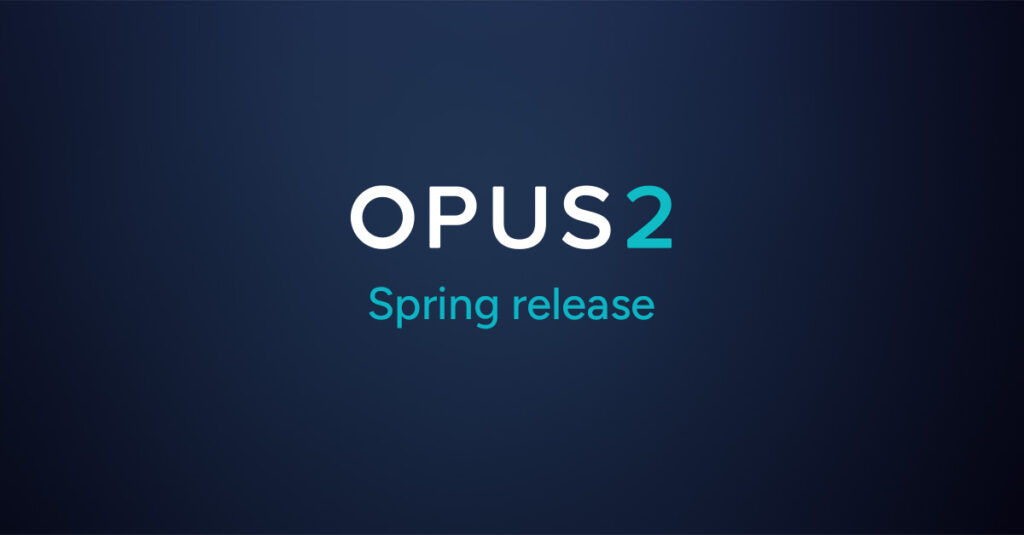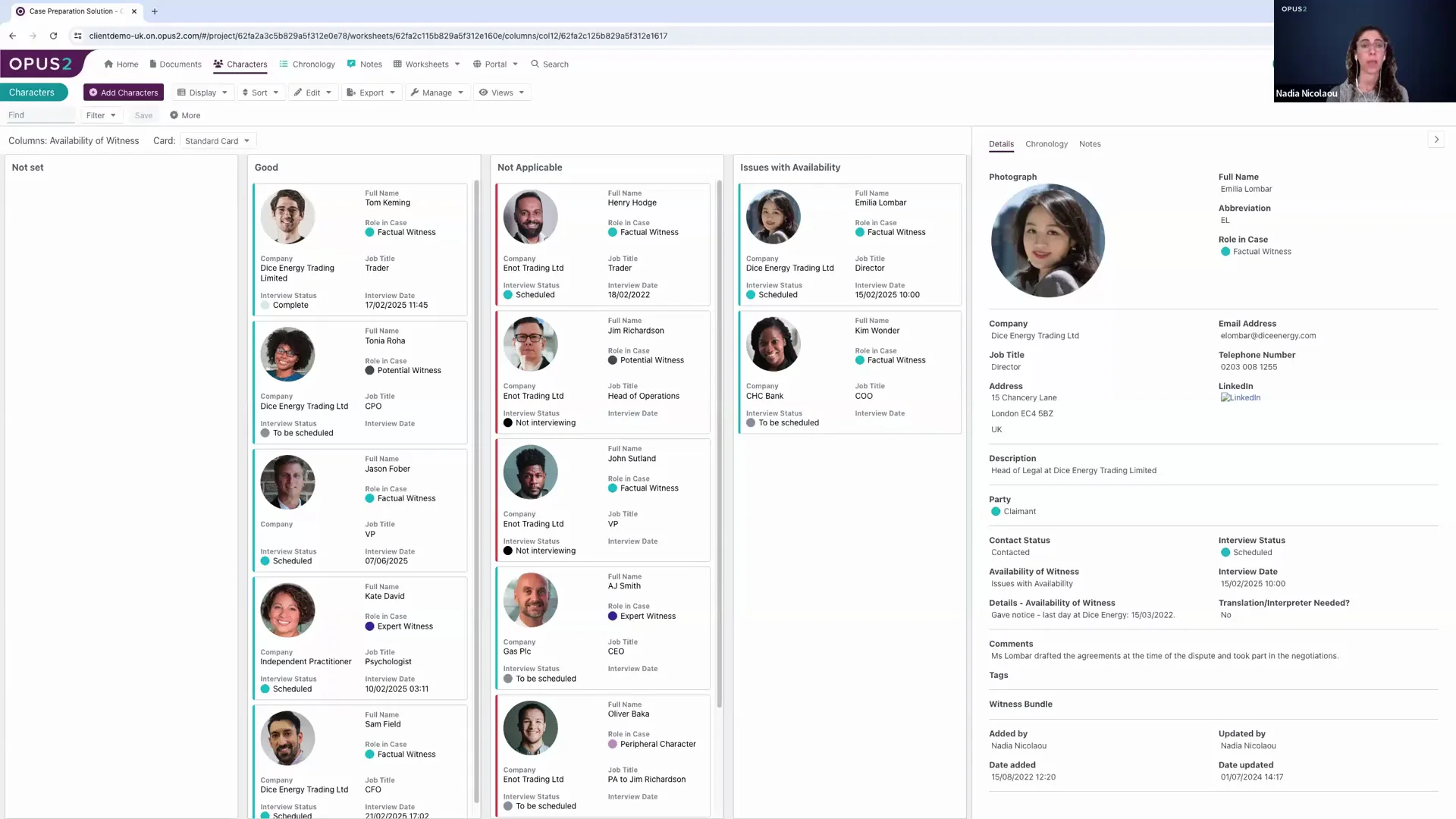
Opus 2 AI Workbench: Complete Buyer's Guide
Enterprise-grade litigation support platform
Opus 2 AI Workbench positions itself as the enterprise-grade litigation support platform that transforms how large law firms and corporate legal departments handle complex document analysis and case preparation through seamless AI integration.
Market Position & Maturity
Market Standing
Opus 2 AI Workbench operates within the rapidly expanding legal AI software market, projected to grow from $3.11 billion in 2025 to $10.82 billion by 2030 at a 28.3% compound annual growth rate[1][3][5].
Company Maturity
The vendor positions itself strategically within the enterprise litigation support segment, competing against established legal technology giants while focusing on comprehensive integration capabilities.
Growth Trajectory
Financial stability indicators from vendor claims suggest strong growth trajectory supported by robust client base and ongoing technology investment, though independent validation of financial position and market share remains limited[Financial stability requires independent verification].
Industry Recognition
Industry recognition patterns suggest growing acceptance of AI witness preparation and document analysis tools among legal professionals, with some surveys indicating legal professionals increasingly view AI as competitive advantage catalyst[23].
Strategic Partnerships
Strategic partnerships and ecosystem positioning within established legal technology infrastructure demonstrate market maturity and integration capabilities that support long-term viability.
Longevity Assessment
The platform's compatibility with existing case management systems preferred by major firms suggests sustainable competitive positioning[31][35].
Proof of Capabilities
Quantified Outcomes
Quantified performance evidence includes reported 60% reduction in document review time for major law firms utilizing the platform's AI capabilities, enabling strategic resource reallocation to higher-value legal activities[Claim requires independent verification]. Additionally, enterprise clients demonstrate 30% increase in case handling capacity within the first year of implementation, supporting business growth without proportional staff increases[Case study requires independent verification].
Market Validation
Market adoption evidence shows the platform's integration with existing case management systems preferred by major firms, indicating acceptance within the target enterprise segment[31][35].
Competitive Wins
Competitive validation emerges through vendor reports indicating buyers frequently compare Opus 2 AI Workbench to established alternatives like LexisNexis and Thomson Reuters, focusing on integration capabilities and AI performance[Competitive analysis incomplete - actual comparisons not provided].
AI Technology
Opus 2 AI Workbench employs a comprehensive AI architecture designed specifically for enterprise legal workflows, combining natural language processing with document analysis capabilities that understand legal context and terminology.
Architecture
The platform's technical foundation centers on seamless integration capabilities with existing case management systems, avoiding the workflow disruption common with standalone AI tools[31][35].
Primary Competitors
Primary Competitive Landscape includes LexisNexis with Lexis+ AI offering proprietary legal database integration for specialized insights[6][17], Thomson Reuters providing Westlaw Precision AI with CoCounsel for claims analysis and predictive analytics[6][17][37], and specialized vendors like NexLaw AI claiming litigation-specific workflows and Deposely offering comprehensive deposition analysis capabilities[22][30][11].
Competitive Advantages
Core Competitive Advantages center on seamless integration with existing case management tools preferred by major firms[31][35], enterprise-grade implementation approaches designed for large firm requirements, and comprehensive litigation support beyond standalone AI tools.
Market Positioning
Market Position Analysis reveals Opus 2 targeting the enterprise litigation support segment while established giants like LexisNexis and Thomson Reuters leverage proprietary database advantages. Specialized competitors focus on specific litigation workflows, creating market segmentation opportunities for comprehensive integration approaches[6][17][22][30].
Win/Loss Scenarios
Win/Loss Scenarios suggest Opus 2 succeeds when organizations prioritize seamless integration with existing infrastructure and require comprehensive litigation support capabilities. Alternative vendors may be preferred when organizations seek standalone AI tools, have budget constraints favoring transparent pricing models, or operate within specific legal technology ecosystems.
Key Features

Pros & Cons
Use Cases
Featured In Articles
How We Researched This Guide
About This Guide: This comprehensive analysis is based on extensive competitive intelligence and real-world implementation data from leading AI vendors. StayModern updates this guide quarterly to reflect market developments and vendor performance changes.
38+ verified sources per analysis including official documentation, customer reviews, analyst reports, and industry publications.
- • Vendor documentation & whitepapers
- • Customer testimonials & case studies
- • Third-party analyst assessments
- • Industry benchmarking reports
Standardized assessment framework across 8 key dimensions for objective comparison.
- • Technology capabilities & architecture
- • Market position & customer evidence
- • Implementation experience & support
- • Pricing value & competitive position
Research is refreshed every 90 days to capture market changes and new vendor capabilities.
- • New product releases & features
- • Market positioning changes
- • Customer feedback integration
- • Competitive landscape shifts
Every claim is source-linked with direct citations to original materials for verification.
- • Clickable citation links
- • Original source attribution
- • Date stamps for currency
- • Quality score validation
Analysis follows systematic research protocols with consistent evaluation frameworks.
- • Standardized assessment criteria
- • Multi-source verification process
- • Consistent evaluation methodology
- • Quality assurance protocols
Buyer-focused analysis with transparent methodology and factual accuracy commitment.
- • Objective comparative analysis
- • Transparent research methodology
- • Factual accuracy commitment
- • Continuous quality improvement
Quality Commitment: If you find any inaccuracies in our analysis on this page, please contact us at research@staymodern.ai. We're committed to maintaining the highest standards of research integrity and will investigate and correct any issues promptly.